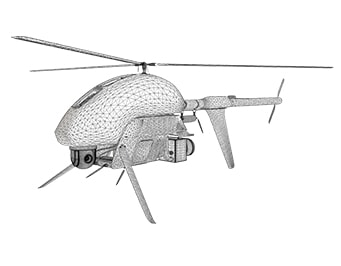Educational Material
4.3 Other Communication Standards
While SPI and UARTs are two of the more common communication interfaces used, there are numerous other protocols including Inter-Integrated Circuit, Controller Area Network, Industrial Ethernet, and Universal Serial Bus. Each of these interfaces have their own advantages and drawbacks that make them useful for different types of applications.
Inter-Integrated Circuit (I2C)
Inter-Integrated Circuit (I2C) is a communication interface that is often considered to be a mix between SPI and asynchronous serial communication. This interface is ideal for board-level communication and allows multiple master devices to communicate with multiple slave devices at a rate of either 100 kbps or 400 kbps. Only two signals are needed for communication between a master and a slave, a clock signal (SCL) and a data signal (SDA). Rather than using a slave select line to communicate with a specific slave, the master calls an address unique to each slave. I2C is a popular communication interface used in many board-level applications due to its easy implementation and ability to communicate with multiple devices.
Controller Area Network (CAN)
The Controller Area Network (CAN) communication interface was created by Bosch in the mid-1980s for use in automotive applications. CAN utilizes a network of devices that allows every message to be transmitted to each device on the network. A specific device can then determine what to do with the message, depending upon whether or not it is pertinent to the device's function. A few years after it was first developed, CAN was accepted as the international standard for communication in the automotive industry. Since then, CAN has become a popular communication interface in industrial, medical, transportation, and aerospace applications.
Industrial Ethernet
The industrial Ethernet communication protocol is becoming a popular interface, particularly in industrial automation applications. This communication interface offers higher data transfer speeds, longer cable length, and a more flexible network configuration with the capability to connect to numerous devices. There are many widely used industrial Ethernet protocols, such as EtherCAT, EtherNet/IP, PROFINET, POWERLINK, Sercos III, and Time-Sensitive Networking (TSN).
Universal Serial Bus (USB)
Universal Serial Bus (USB) is a communication interface that was developed as a standard for connecting devices to personal computers, taking the place of the larger ports used in these computers. This interface is constantly changing and utilizes different types of data transfer, higher data transfer rates, and allows for up to 127 devices to be connected at a time. One of the few drawbacks of USB is that the length of the cable used must be 5 meters or less. Nevertheless, USB is used in a large number of applications today.
